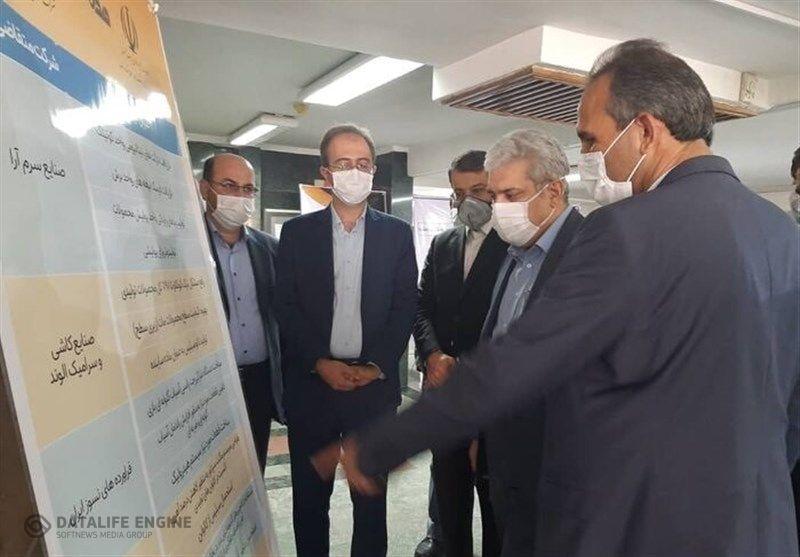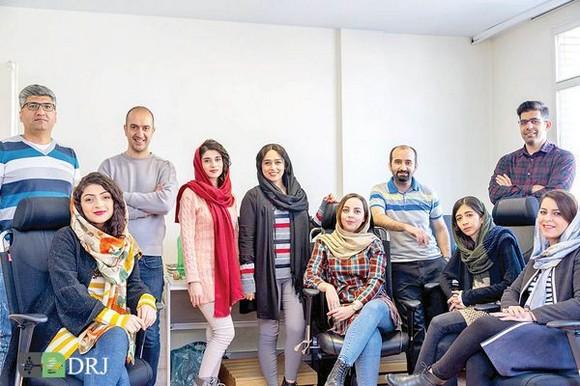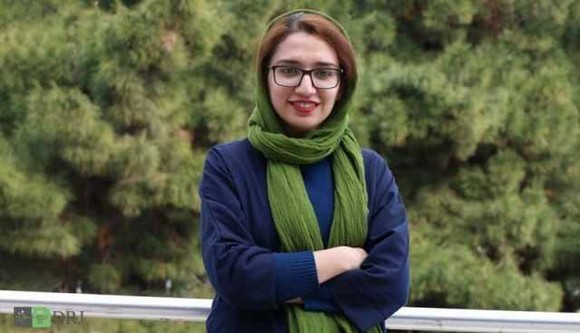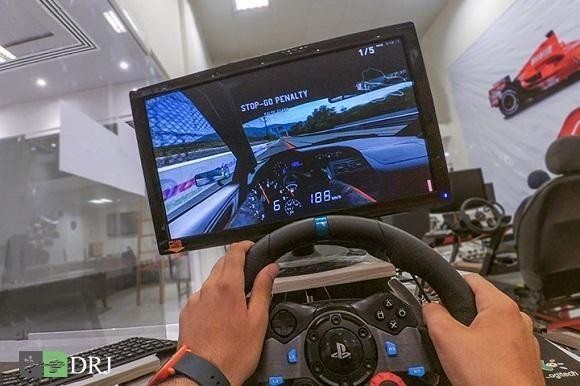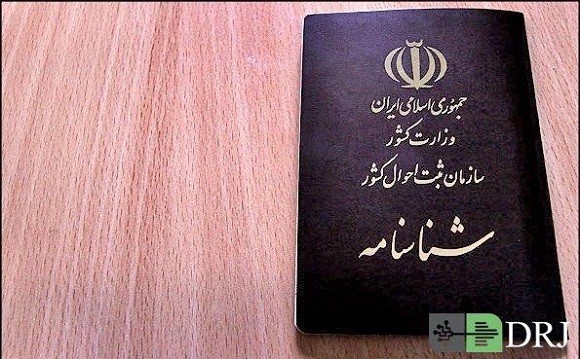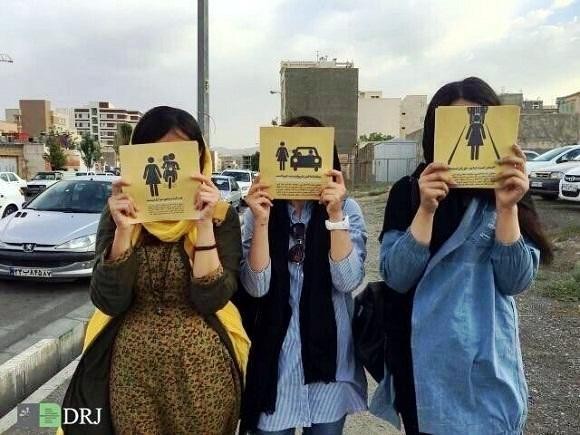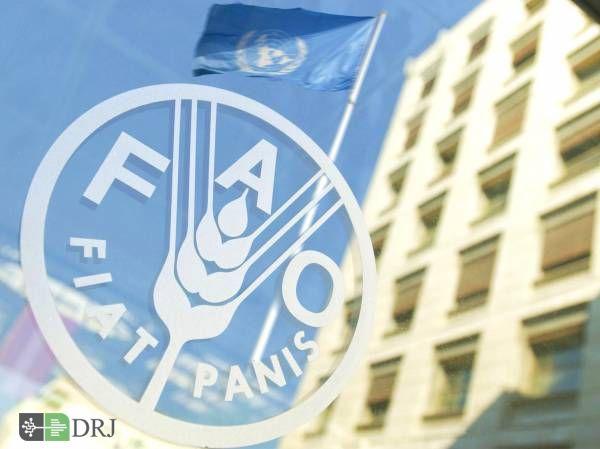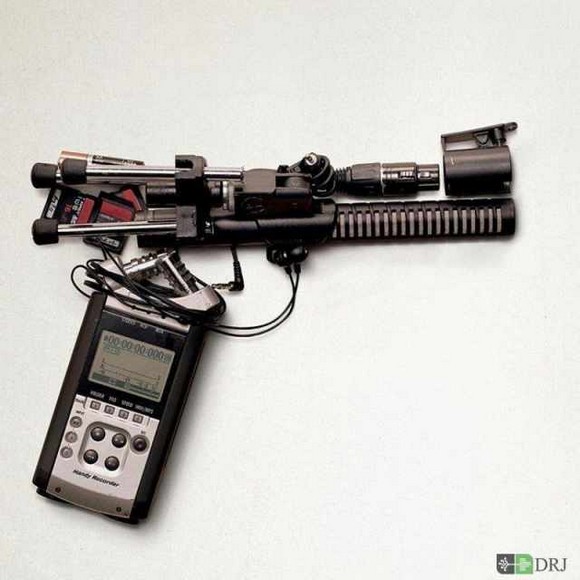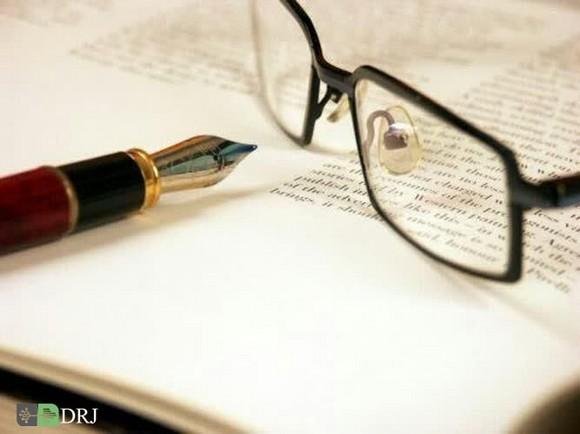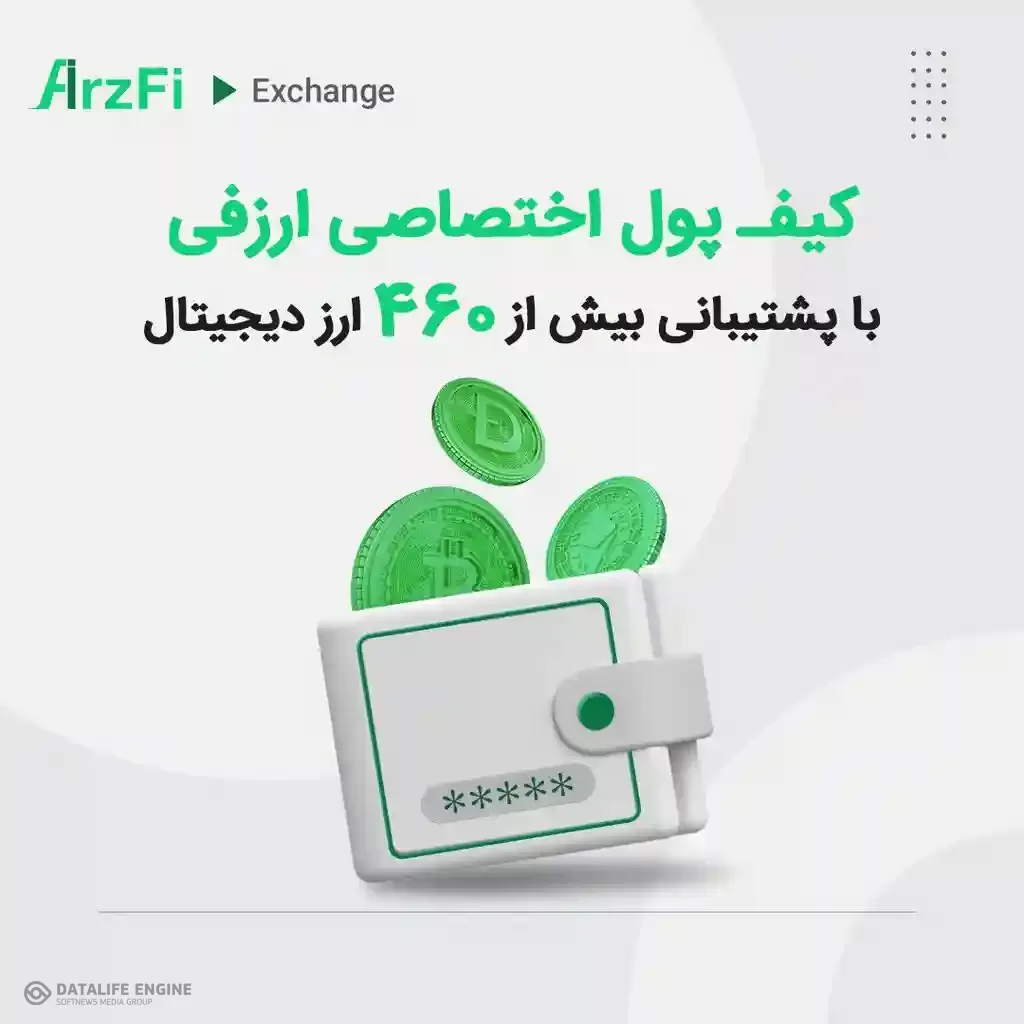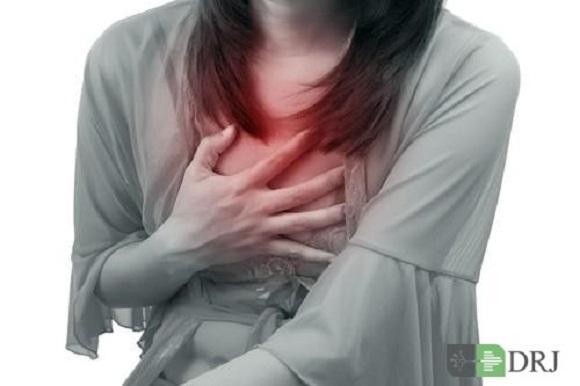Badiuzzeman Said Nursi
Badiuzzam Said Nursi was born in 1877 in eastern Turkey and died in 1960 in Urfa ( Turkey ) . During his long life , he saw the last days of the Ottoman Empire , its collapse after the First World War and the emergence of modern Turkish Republic . He also witnessed the twenty-five years of Republican Peoples’ Party’s harsh and authoritarian rule and ten years of “Democratic” rule during which conditions became a little easier for Bediuzzam .
A remarkable child endowed with a prodigious memory , Bediuzzam completed a traditional madrasah education at the early age of fourteen and then studies physical sciences , mathematics and philosophy . In the course of the second decade of his life , he became extremely convinced that the Turkish madrasah education was inadequate and his own interest in natural sciences led him to construct a new curriculum for the Islamic educational system . He prepared a blue print for the establishment of a university , Medrestu’z Zehra , ( the Resplendent Madrasah ) in the Eastern Provinces . In 1917 , he arrived in Istanbul and met Sultan Abdul Hamid . Subsequently , he received some funding for the construction of the university and its foundations were laid in 1913 . But the beginning of World War I and the subsequent events made it impossible for this project to materialize .
The end of World War I and that of the Ottoman Empire culminated the first phase of Bediuzzam’s life , the period of the “Old Said” , as he would later call it . During the War , he had led the militia forces on the Caucasian Front against the invading Russians for which he was later awarded a War Medal . He was taken prisoner in March 1916 and was held in Russia for two years . In early 1918 , he escaped from the prison and made his way back to Istanbul via Warsaw , Berlin and Vienna .
It was during the first two years of War that he composed his first works on the Qur’an . Spoken while sitting on horseback , and dictated hese “commentaries” on various chapters of the Qur’an attempted to combine the religious knowledge with natural sciences . This was the beginning of his major work , Risale-i Nur . But the work was interrupted when Bediuzzaman was captured and imprisoned by the Russians .
The defeat of the Ottomans , the occupation of Istanbul and parts of Turkey by foreign forces and the bitter internal struggle that emerged after the War led to a profound change in Nursi . Despite his active involvement in public life , his association with Daru’l Hikmeti’l Islamiye , the learned body attached to the office of the Shauk ul-Islam , and his War services , Beddiuzzaman became increasingly dissatisfied with the world . He started to see the limits of human endeavor and concentrated on his spiritual training . Recognized for his services , he was invited to Ankara by Mustafa Kemal , who had emerged as the victorious General , to take part in the reconstruction of the New Turkey .
Beddiuzzaman spent almost eight months in Ankara during which he realized that the new Turkish military elite was attempting to establish a secular republic in which Islam was to be shunned . He was offered various posts in this new set up but he declined to be part of an establishment founded on materialistic and secular philosophy . He left Ankara for Van where he sought solace in spiritual practices and isolation .
But early in 1925 , he was arrested on charges of taking part in a “rebellion” in eastern provinces although he had taken no part in it . He was sent into exile in western Anatolia along with hundreds of other Turks—thus began a twenty-five year period of oppression , imprisonment and privation . It was during this time , in the remote village of Barla in the mountains of Isparta province where Bediuzzaman had been sent , that Bediuzzaman resumed his work on Risale-i Nur .
Risale-i Nur is not a tafsir ( commentary ) on the Qur’an in the usual sense of the term; rather , it attempts to establish links between the Qur’anic verses and the natural world . It also attempts to show that there is no contradiction between religion and science ( See selections for Risal-i Nur in the following section ) .
While in Barla , Bediuzzaman also wrote a treatise on Resurrection and thirty-three other pieces which were later collected as Sozler ( The Words ) . This was followed by Maktubat ( Letters ) , a collection of thirty-three letters of varying length written to his students . Bediuzzaman wrote two more works , Lem’alar ( The Flashes ) and Sualar ( The Rays ) , the latter was completed in 1949 . In addition , there are three collections of additional letters , Barla Lahikast , Kastmonu Lahikast , and Emirdag Lahikast from each of Bediuzzaman’s three places of exile .
Risale-i Nur is actually a collection of quickly uttered words , dictated to a scribe at high speed , without consulting any books or references , in the mountains and countryside places of exile . They were then copied by hand and secretly circulated because the new secularist regime had banned all religious works . The essays were then passed on from village to village by the Risale-i Nur students . It was only in 1946 , that duplicating machines became available to the Risale-i Nur students and it was not until 1956 that The Words and other collections were printed in new Latin script that had been imposed on the Turkish language by the Kemalist regime . The figure given for hand-written copies is 600 , 000 . [1]
Nursi thus became the founder of the Nurcu movement . Left without books , without his home and family , and restricted to a remote region of the country , Said Nursi was to make a remarkable impact on the lives of millions of Turkish men and women through his powerful writings and he continues to be a revered figure in Turkey and other Muslim lands . His works , now collectively called Risale-i Nur , clandestinely circulated and copied by hand , are now easily available in many languages . Nursi and his work provide an excellent example of the conditions in which the discourse on Islam and science progressed in Turkey during the early decades of the twentieth century and how politics and faith were intertwined in the discourse . His movement spread quietly until 1950 despite all efforts to crush it and then entered a new phase in which a great number of young Turks , who had gone through the state-run secular institutions of the Republic , openly responded to his call . Toward the end of his life , Nursi’s influence spread beyond Turkey . Today , there are several offshoots of this movement , some of which have become rather profane .
Said Nursi had considerable knowledge of modern science and he attempted to integrate it within a theistic perspective . For him , the Qur’an and modern physical sciences had no dissonance; rather , relating the truth of the Qur’an to modern men and women was even easier . Written during his exile , Risale-i Nur was later described as “a manevi tefsir , or commentary which expounds the truths of the Qur’an . ”[2] In the course of his expressive prose , which pulsates with energy , Nursi substantiates Islamic faith on the basis of the certainties of modern physical sciences and reads the cosmic verses of the Qur’an in the light of modern science . As a religious scholar well grounded in traditional Islamic sciences , Nursi was aware of the apparent discrepancy between traditional cosmology articulated by Muslim philosophers and Sufis , and the Newtonian worldview , but instead of rejecting the mechanistic view of the universe presented by Newtonian science , he tried to appropriate it by appealing to the classical arguments from design . He saw no contradiction between the order and harmony of the universe and Newtonian determinism . Rather , through a radical recasting of God as the Divine artisan , he found support for the mechanistic view of the universe . He thought of the universe as a machine or clock , just like the nineteenth century deists , but he transformed this enduring symbol of the European tradition to lend support to the theistic claims of creation . For him , the Qur’anic themes of the regularity and harmony of the natural order , when combined with the predictability of Newtonian physics , disproved the triumph of the secularists and positivists of the nineteenth century and provided a solid rock on which to construct a new understanding of the message of the Qur’an .
Nursi’s approach to modern science needs to be interpreted with due consideration of the social and political conditions in which it was written; unlike many other reformers of the nineteenth century , there is an additional element here: the need to survive in an environment dominated by state sponsored harassment . Perhaps this is the reason for the emergence of a number of conflicting ways in which Nursi’s work has been judged; some take the work as if it was a scholar’s commentary on the Qur’an; others read it with due regard to the life of the writer and his social and historical conditions . There are those who take his work to be an attempt to deconstruct metaphysical claims of modern science by using the language of Newtonian physics , chemistry , and astronomy . And there are those who emphasize the influence of modern science and positivism on Nursi . In addition , the work itself is not a smooth and calm exposition and many additions have been made to it . Originally , it was not even written; it was “dictated at speed to a scribe , who would write down the piece in question with equal speed” and these handwritten copies would circulate clandestinely . There were no books for references . The Risale-i Nur collection is , in essence , a collection of dictations of an inspired mind , secretly written , for all religious teaching was forbidden . As such , Nursi’s work does not fall in the category of so-called al-tafsir al-`ilmi ( scientific commentary ); rather , in its style and purpose , the collection now known as Risale-i Nur is a collection of sermons—a title that is used for one of the “Words” , “The Damascus Sermon” , which was delivered at the historic Umayyad Mosque in early 1911 to a gathering “of ten thousand , including one hundred scholars…the text was afterwards printed twice in one week , ” . [3] “The Damascus Sermon” is a sermon on hope , a commentary on Q . 39:53: Do not despair of God’s mercy , a diagnosis of the maladies that had afflicted Muslims and an impassionate appeal to act resolutely to change the conditions .
As we have seen in other cases , a heavy overlay of political and social conditions defined Nursi’s discourse . In order to appeal to an audience under the spell of rationalism , Nursi himself adopts a rationalistic style in many cases , but then the burden of his arguments makes it totally irrational , bordering on the ridiculous . For example , the verse …and We have created for them similar [vessels] on which they ride , [4] points to the railway and the “Light Verse” alludes to electricity , as well as to numerous other lights and mysteries . [5] And the verse: To Solomon [We made] the wind [obedient]: its early morning [stride] was a month’s [journey] , and its evening [stride] was a month’s [journey] , [6]
suggests that the road is open for man to cover such a distance in the air . In which case , O man! since the road is open to you , reach this level! And in meaning Almighty God is saying through the tongue of this verse: “O man! I mounted one of my servants on the air because he gave up the desires of his soul . If you too give up laziness , which comes from the soul , and benefit thoroughly from certain of my laws in the cosmos , you too may mount it…” the verse specified final points far ahead of today’s aeroplanes . [7]
And the miracle of Prophet Moses’ staff mentioned in the Qur’an ( Q . 2:60 ) , predicts the development of modern drilling techniques to dig out such indispensable substances of modern industry as oil , mineral water , and natural gas . The mention of iron in the Qur’an ( Q . 34:10 ) , which had been “softened for David” , becomes a sign of the future significance of iron and steel for modern industry . In its popular and cruder version , Said Nursi’s encounter with modern science has led his followers to establish one-to-one correspondences between new scientific findings and Qur’anic verses . His practice of using science as the decoder of the sacred language of nature has influenced numerous Turkish students , professionals , and lay persons who are making similar attempts . Nursi’s followers try to show the miracle of creation through comparisons between the cosmological verses of the Qur’an and new scientific discoveries . Every new scientific discovery is quickly adopted as yet another proof for the miraculous nature of the Qur’an . This has led to a gross profanation of the text of the Qur’an and a great injustice to the scientific data . These trends also gave birth to formal works of Qur’an interpretation in which modern science appears as the most important subject matter .
Nursi was followed by a large number of young people who were seeking spiritual fulfillment in a society where religion had been under attack . This characteristic Turkish dilemma has given birth to a society which is divided and at war with itself . Thus the Islam and science discourse in Turkey is not a calm academic discourse; it is a matter of life and death .
Muzaffar Iqbal
October 31 , 2002
[1] . For this number and the above information , see , Nursi , Bediuzzaman ( 1995 ) , The Flashes Collection ( From the Risal-i Nur Collection 3 ) , trans . from Turkish by Sukran Vahide , Sozler Nesriyat A . S . , Istanbul , pp . 480-6 ) .
[2] . Nursi , Said Bediuzzaman ( 1998 ) , The Words , being the English translation of the Turkish Sözler , new revised edition , Sözler Neşriyat Ticaret ve Sanayi , Istanbul , p . 806 .
[3] . As stated in the Publisher’s Preface to the second revised English translation , see Nursi , Bediuzzaman Said ( 1989 ) , The Damascus Sermon , tr . from the Turkish by Şükran Vahide , Sözler Neşriyat ve Sanayi A . Ş , Istanbul .
[4] . Q . 36: 42 .
[5] . Nursi ( 1998 ) , p . 261 .
[6] . Q . 34:12 .
[7] . Nursi ( 1998 ) , pp . 262-3 .


